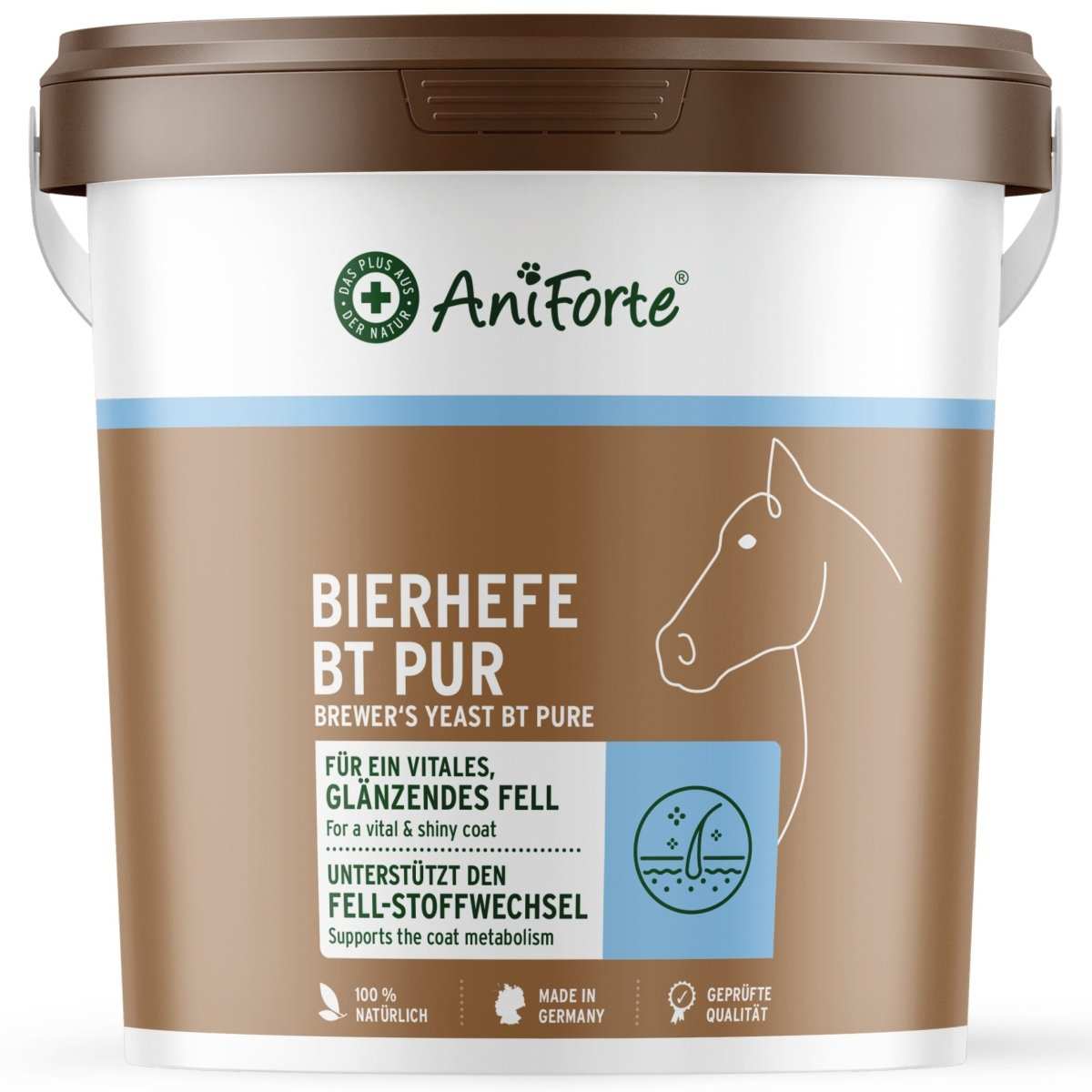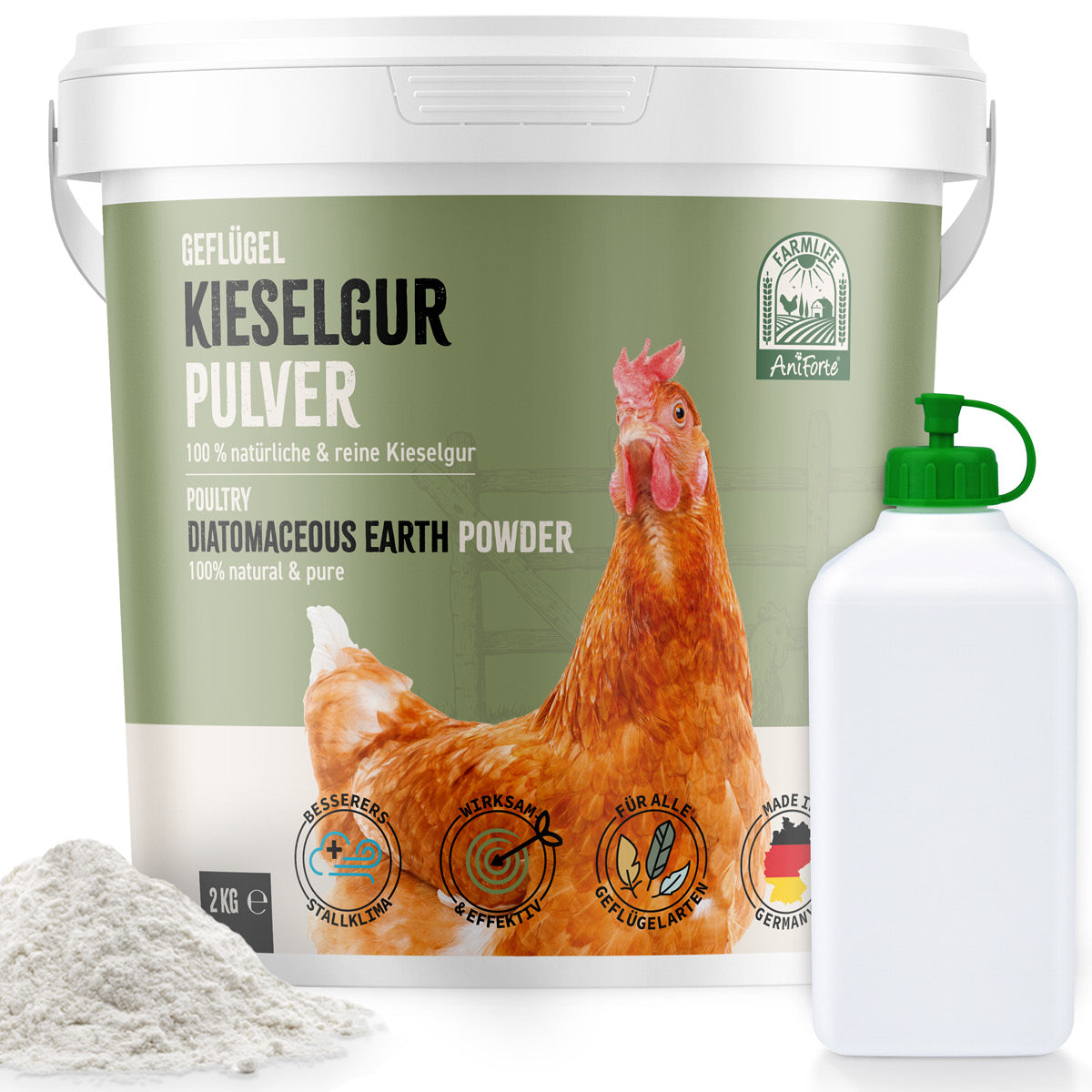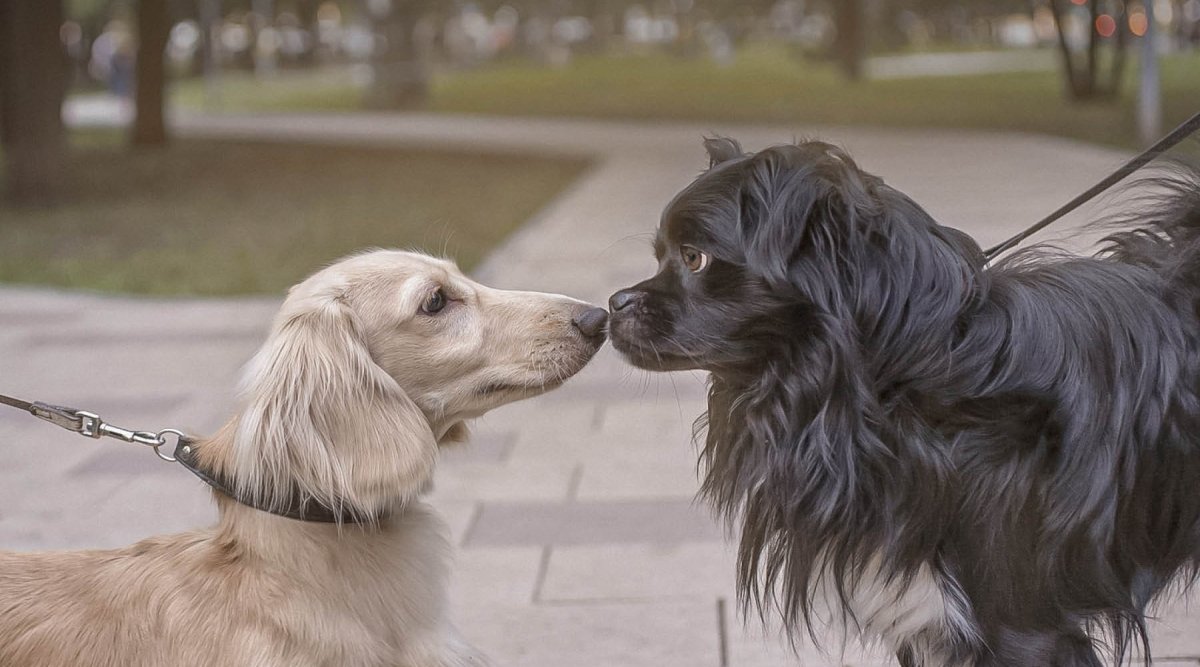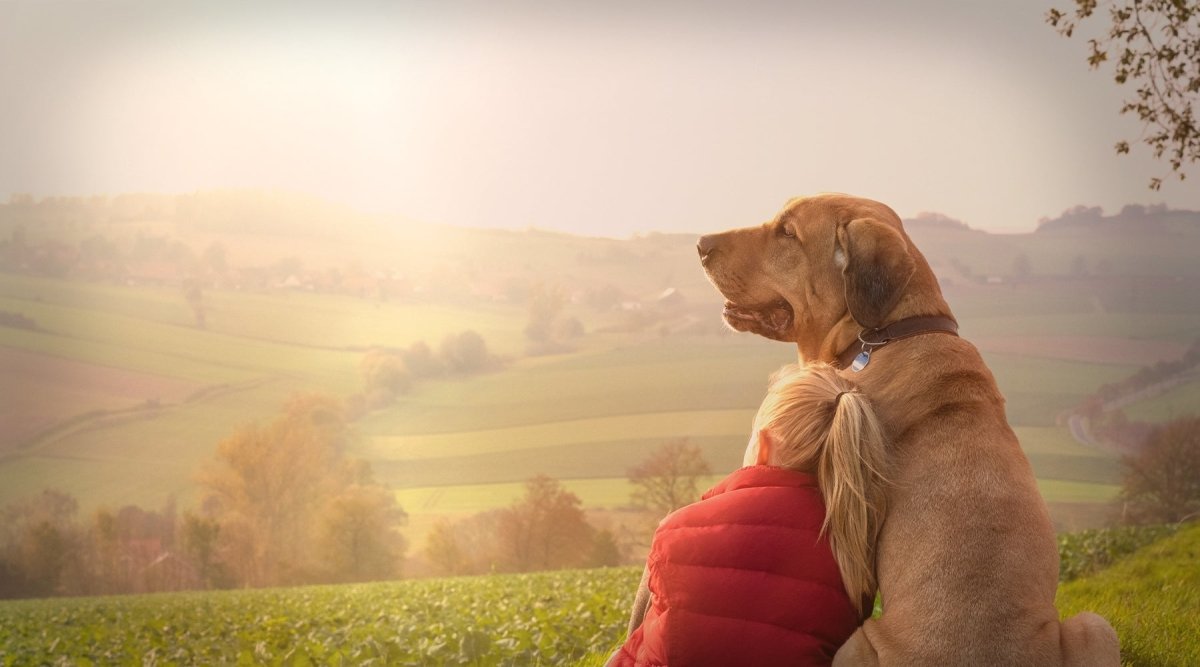Nina Windhausen is the German cani-cross champion and a passionate animal lover.
In our interview, she tells us a little about herself, the sport and her animals:
AniForte: Nina, when were the first points of contact with animals in your life and especially with which ones?
Nina: For as long as I can remember, there have always been animals in our house, so it was always clear to me that I would have animals myself. When I was a child, I had hamsters, cats, budgies and also (foster) horses and dogs. Today I have 3 cats and 3 dogs.
AniForte: When did you start doing sports with animals?
Nina : I've always been a sports enthusiast, i.e. running as a competitive sport even before I started playing sports with dogs. I also actively played soccer up to the 2nd national league with the ladies. I've been doing cani-cross since 2012 and with my own animals since 2015.
AniForte: How did you get into cani-cross and can anyone do it?
Nina: The cross-country running in a team is the real fascination and the fact that the dog doesn't run with me, but takes over the lead and thus also works at my pace. For comparison: if I run on my own, I achieve a time in the 20-minute range for 5 kilometers. With the dog it's a 15-minute time. This requires a different constitution from the runner, especially as the musculoskeletal system and the movement sequence are different from running solo at your own pace. In my opinion, however, anyone who enjoys sport and has an animal that likes to run can do Cani-Cross. The size of the dog certainly plays a subordinate role in the hobby area, the important thing is simply that the animal is healthy and fit.
AniForte: Do you feed your dogs differently or do you have to pay special attention to anything?
Nina: The diet is naturally a little higher in protein and a little higher in fat in the winter months. I basically do this depending on the situation. Before a more intensive training session or a competition, I don't feed them properly, of course, but give them more water and possibly add a little meat. In any case, my dogs (and I) are very happy with your products. In terms of tolerability, I don't know of anything better and am glad to have found you nearby.
AniForte: What's coming up for you in the near future?
Nina: At the moment we are preparing for the World Championships in Poland. That comes in October and two months later there are the German championships in Mühlberg. Those are the next big challenges and there's still plenty to do (laughs). Apart from that, I also work as a trainer for the sport of cani-cross and want to get even more people excited about it! My youngest pupil (Lilli) is 8 years old and is also competing in the children's race at the World Championships.
AniForte: Then we wish you good luck for the upcoming competitions!
Nina: Thank you and of course I'll do my best!
What is Cani-Cross?
The origin of Cani-Cross can be found in sled dog racing and has its roots in Scandinavia. It is therefore not surprising that there are other forms of cani-cross with skis (skijoring) and bikes (bikejoring). However, it is generally not a classic bicycle that is used here, but a so-called scooter without its own drive.
Cross-country running takes place under the guidance of the dog. Runner and animal are connected by an approx. 2m long flexible leash. The dog is equipped with a special harness so that the pressure point does not negatively affect either lungs or performance. The runner is also fitted with a special hip belt for an optimal (running) connection.
Most harnesses have a panic hook that can be used to quickly release the connection between runner and dog to minimize any risk of injury.
Basically, you can run with any type of dog (including small ones), provided that the animal has a certain natural willingness to run. In competition, of course, sled- or hunting-tested breeds such as Alaskan Hounds are often preferred, but this requires the runner himself to be more than just a minimum level of fitness. Very important: the warmer it gets, the worse the conditions. This is why there are no cani-cross competitions in summer, for example, because the strain on the animal quickly becomes too much.
Before you get started with your own four-legged friend, it is definitely advisable to gather a little more information for the first training sessions or to look around for an experienced cani-cross group or trainer in your area so that it is fun for both of you right from the start.
(Our interview partner Nina Windhausen (see above) is also a trainer and will be happy to answer any questions you may have on the subject).





